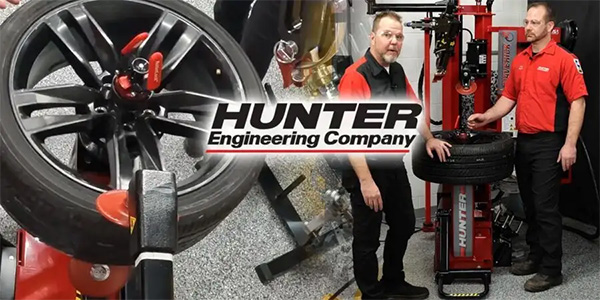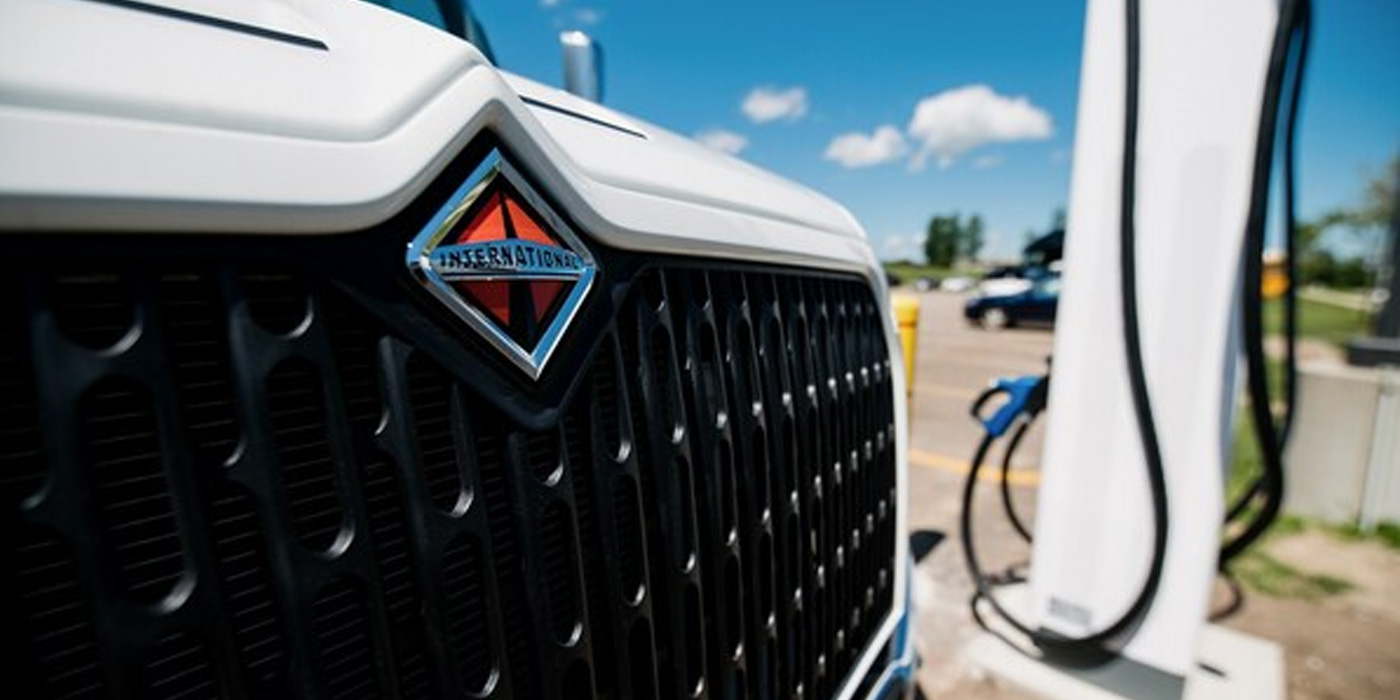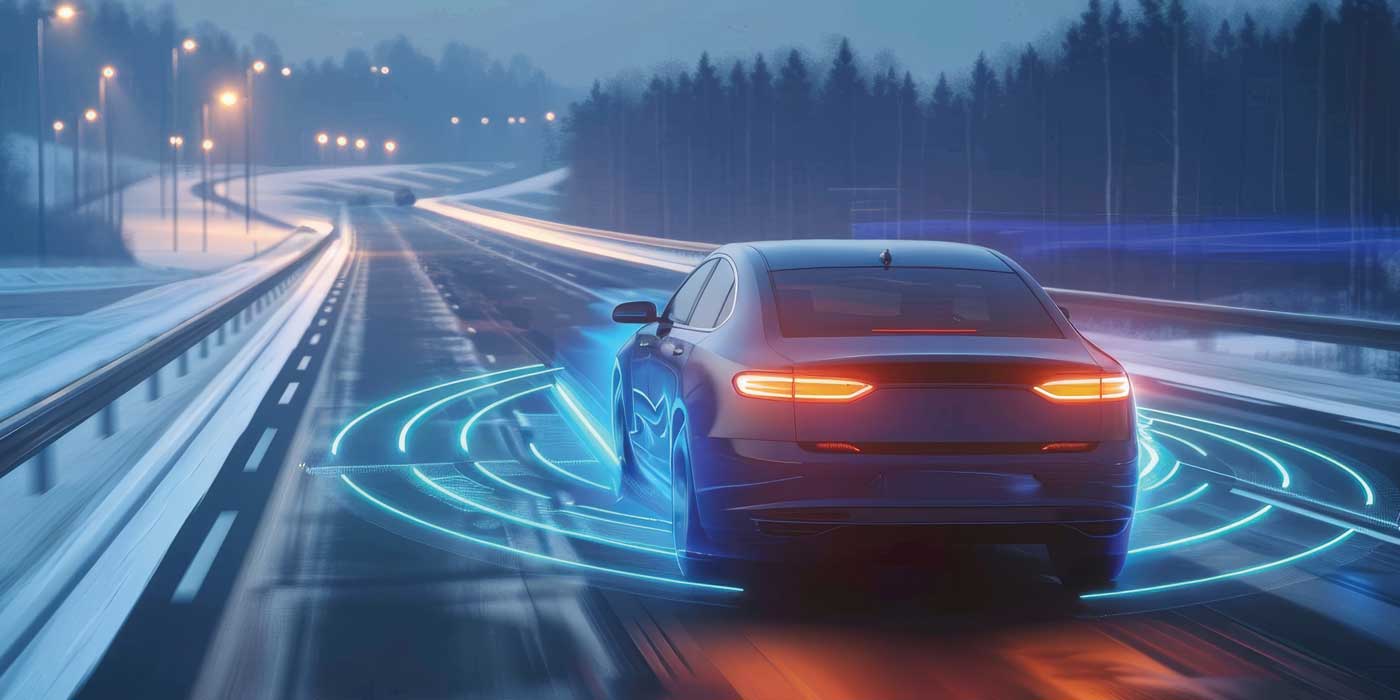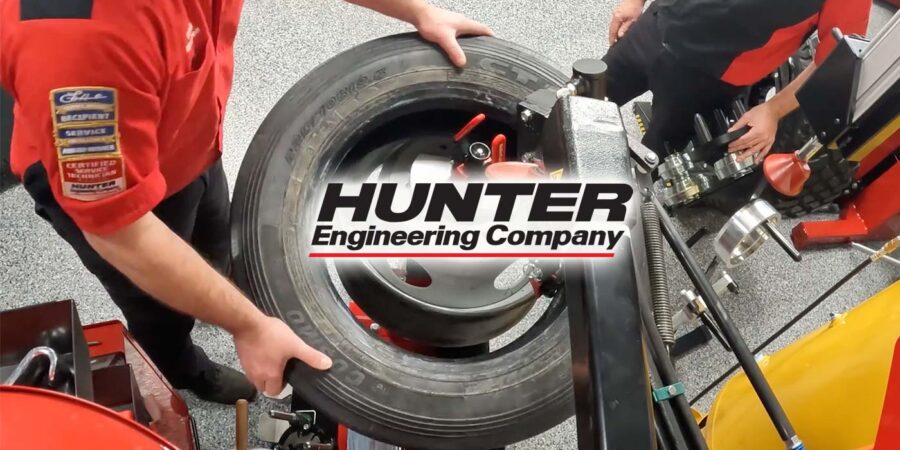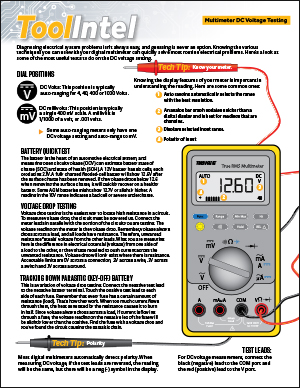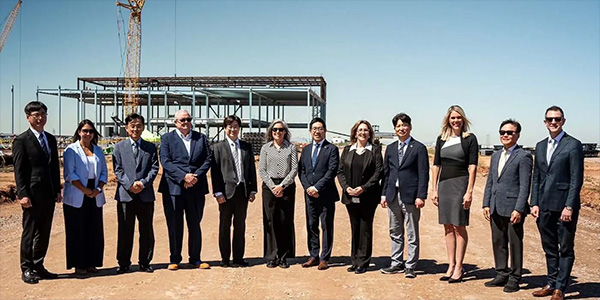If you encounter instances in E-Class vehicles (W210) of engine misfire/lack of performance with low fuel level (below approximately 1/4 tank) and/or the check engine light activated with code(s) P03XX (misfire detection), perform the following procedure.
Possible Cause:
If the tank level at time of misfire detection was low (below approximately 1/4 tank), it’s possible that the above-described condition was caused by the lack of fuel entering the splash bowl, failing to feed the fuel pump due to foreign material blocking the fuel supply hole. With low fuel level, fuel enters only through the supply hole at the bottom of the splash bowl.
Service Procedure:
1. Ensure that all related systems are working and within specifications and repair as necessary.
2. Check freeze-frame for fuel tank level. Document freeze-frame data and clear the OBD memory.
3. Lower the fuel level in the fuel tank to approximately the same level or lower than indicated in freeze-frame.
4. Try to duplicate the condition (load and rpm) as indicated on freeze-frame and observe if the engine misfires and/or a misfire code is set.
5. Connect the fuel pressure gauge and drive with high load/rpm, and monitor the fuel pressure. Fuel pressure should remain constant.
Notes: Make sure the codes are stored with the fuel level at 1/4 tank or below (see freeze-frame data), i.e. below the top of upper splash bowl rim. No fuel can enter the splash bowl from the top opening.
If the misfire can be duplicated and/or misfire code(s) are set again during the procedure in step 4 and 5, or fuel pressure starts to fluctuate during the procedure in step 4, replace the fuel tank.
If, during the procedure in step 4 no misfire is observed and/or no misfire code is set, and the fuel pressure remains stable during procedure in step 5, the cause for the customer complaint is other than described above and needs to be further diagnosed.
Technical service bulletin courtesy of ALLDATA.
For additional information, visit www.alldata.com.


